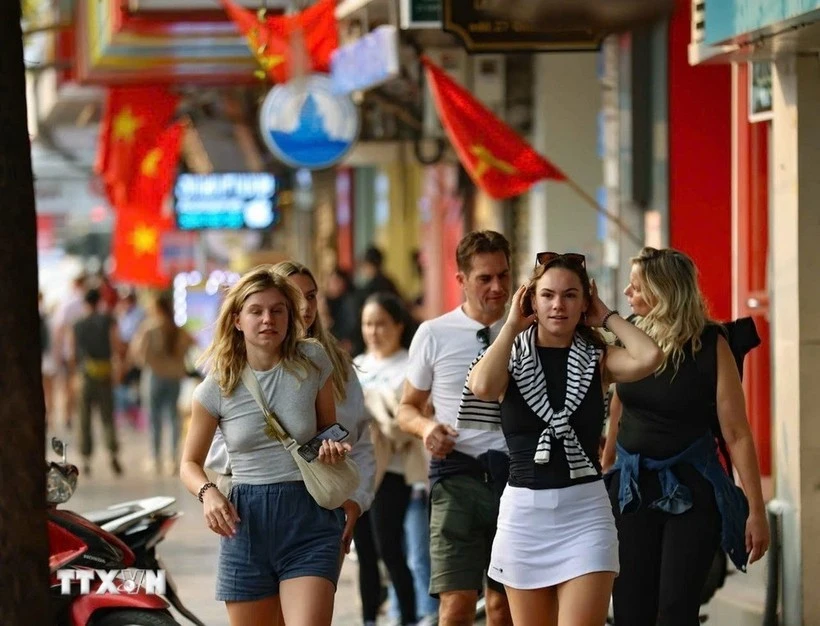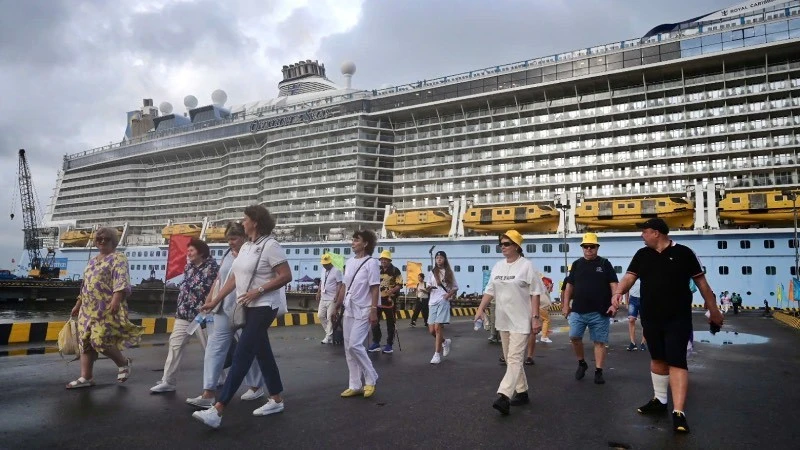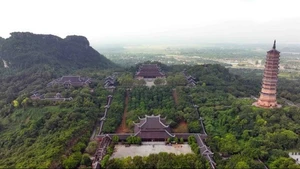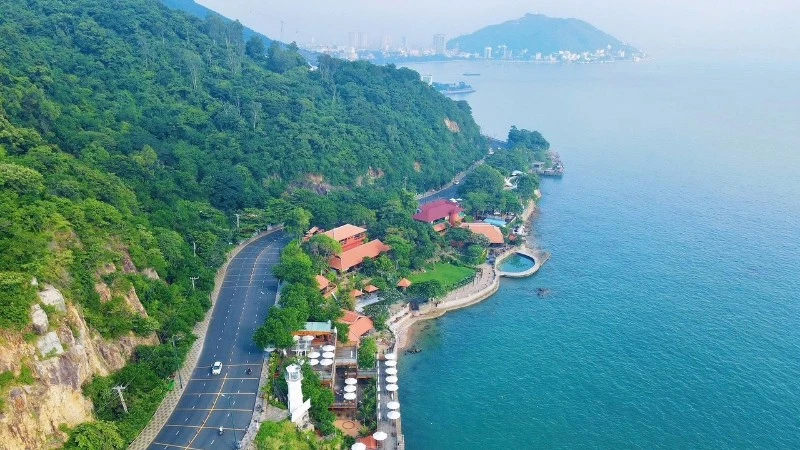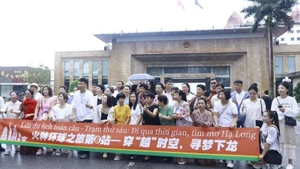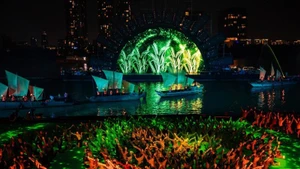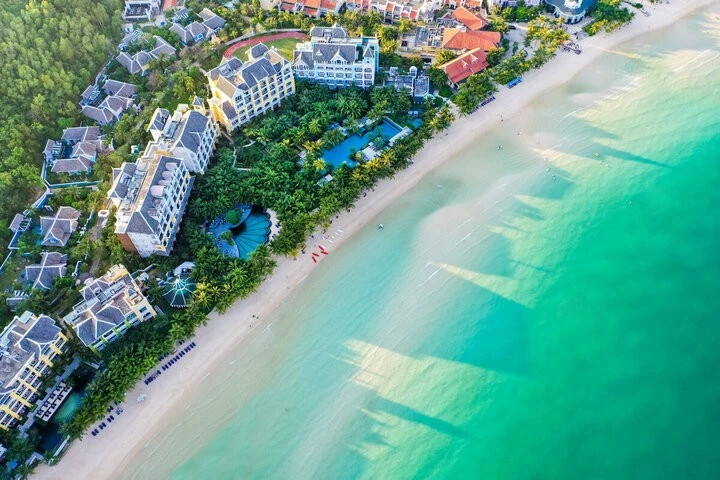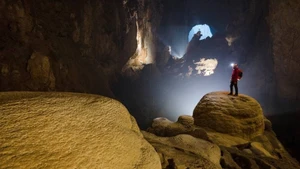They included some 666,700 foreign arrivals and 3.5 million domestic tourists, boosting revenue by more than 46% year-on-year to an estimated 12 trillion VND (461 million USD).
In the first nine months of 2025, Ha Noi welcomed 26.07 million visitors, marking a 23.8% increase compared to the previous year. Tourism revenue grew by over 20%, reaching 98.36 trillion VND. The number of domestic travellers doubled, surpassing the city’s major growth targets.
The city is home to 3,761 lodging facilities with over 71,256 rooms, including 85 hotels and serviced apartments rated one to five stars. Nearly 2,700 travel firms operate there, backed by more than 9,400 licensed tour guides.
Ha Noi rolled out a slate of major events in the first three quarters. The Ha Noi Tourism Gift Festival, a standout presence at the Viet Nam International Travel Mart (VITM) 2025, and celebrations of the 80th anniversary of National Day on September 2 have showcased the city’s allure. Promotional campaigns, both domestic and global, have amplified its appeal, while the debut of the “Ha Noi Train – 5 City Gates” tour introduces fresh lens on the capital’s heritage.
Yet, for all its triumphs, the municipal tourism sector grapples with imperfections. The department acknowledged a shortage of culturally rich products, with uneven service quality at some heritage sites and craft villages. Experiential activities are still limited, and the industry suffers from small-scale operations, fragmented marketing, and weak collaboration with neighbouring regions.
As 2025 wanes, Ha Noi is sharpening its focus. Authorities are tightening oversight to ensure safe and refined tourism experiences, while crafting market-savvy products and intensifying promotional efforts. New regional routes are under consideration, alongside an expansion of nocturnal and agrarian attractions. A push for digital transformation signals a forward tilt, as does a commitment to modern, professional, and integrated infrastructure.
